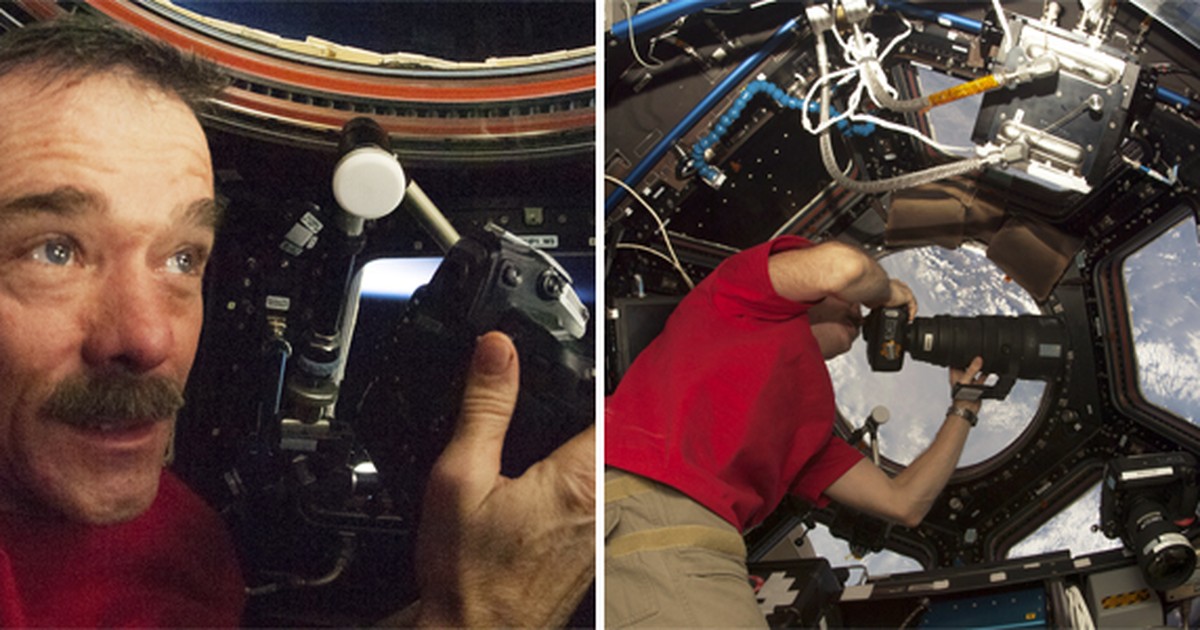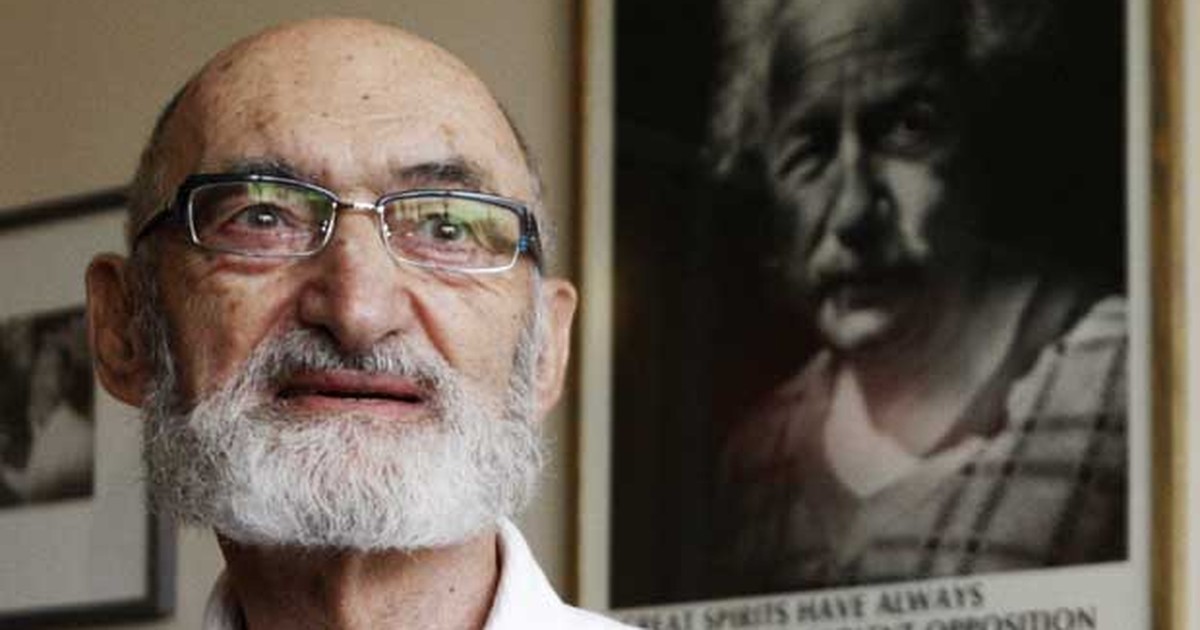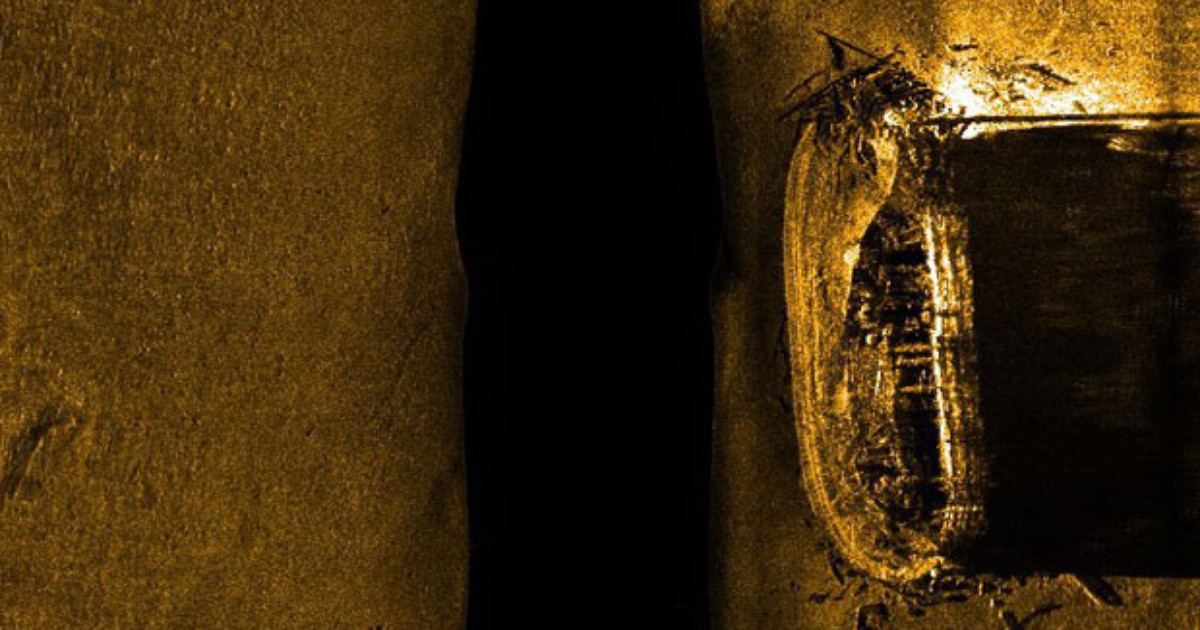The Pan American Health Organization (PAHO) and the Ministry of Health launched this week, in Washington, USA, the second stage of a technical cooperation project involving the Secretariat of Information and Health newly created digital. Led by Ana Estela Haddad, the portfolio is responsible for formulating guiding public policies for the management of digital health.
Since January of this year, the Secretariat has been responsible for supporting managers, workers and users of the Unified Health System (SUS) in the planning, use and integration of information technology products and services and of communication – including what is known as telehealth, development in softwarethe integration and protection of data and the dissemination of information.
From Washington, Ana Estela Haddad spoke with Brazil Agency on technical cooperation with PAHO and revealed that the country can become a kind of collaborating center in digital health in the face of what he described as a pioneering experience in the Americas.
In the interview, she also spoke about digital health indicators, Conecta-SUS and the challenges of digitizing the health system in a country the size of Brazil.
Check out the main excerpts from the interview:
Brazil Agency: What is the importance of this cooperation project with PAHO, which is entering its second stage this week?
Ana Estela Haddad: PAHO is an important partner, it is the arm for the Americas of the World Health Organization, which establishes a certain global articulation, with guidelines and principles for all its Member States. We explore all the major products and projects that Opas has underway today that may interface with digital health. All of this will give us the opportunity to expand and make the most of the scope of this cooperation agreement. And this cooperation is interesting for us, but it is also interesting for PAHO. They invite us to become a collaborative center in digital health because Brazil’s experience is pioneering in the Americas region. They understand that together we can learn from this experience, which can then serve as an inspiration and a model for other countries in the region.
Brazil Agency: Why build indicators to measure the digital health of municipalities?
Ana Estela Haddad: When we talk about creating indicators, we are not just talking about indicators for digital health. Because the mission of our secretariat is to produce and disseminate strategic information on general health and, of course, this starts with the priority policies of the ministry, such as primary care, specialized care, women’s health, health aboriginal, monitoring. These are areas in which we work in partnership with the secretariats of the ministry, by establishing the indicators for monitoring these policies that we will monitor.
Brazil Agency: What is the role of the new secretariat in the current context in Brazil?
Ana Estela Haddad: The secretary has two main roles: an intermediate role and a final role. The intermediary role is to help the three federal entities – the department, but also the states and municipalities and the entire unified health system – to move forward in the process of digital transformation in general. Of course, we have very different situations. There are more advanced and more backward states. And there are specificities in this process of digital transformation. It is up to us to establish standards and guidelines for all to follow, which characterizes best practices and to offer technical cooperation and resources so that, in a shared way, we can move forward in digital transformation.
We are developing a project to universalize, for example, connectivity in basic health units. there are 48,000 units and we have a small number, 1,300 or 1,500, which still need to have connectivity or improve their connectivity in order to effectively enter the virtuous circle of digital transformation, which is the first stage.
Brazil Agency: Can digital technologies have a positive impact on health?
Ana Estela Haddad: Absolutely, but it’s not an automatic process. It is not enough to decide to use technologies for this impact to be positive. This is why we are building this path. First, identify our critics and think about a design for these technologies. There is a series of principles that we must follow, a radical realignment. For example, regarding health data: on the one hand, we have data protection, which is fundamental and inalienable, the right to the protection of users’ personal data. On the other hand, we have the Access to Information Act. We must also disseminate strategic information, process data, transform this data into relevant information – for the manager, for the health professionals who carry out their clinical work, in addition to the citizen himself, who must develop a posture of personal care . with their health, and for that they need quality, evidence-based information. It is not an automatic process.
Brazil Agency: During the pandemic, digital transformation in healthcare has clearly expanded. How can this expansion be realigned in such a way as to avoid the exclusion of people?
Ana Estela Haddad: This expansion, in the pandemic, has been very intense, even out of necessity. It was a global movement. But it was also poorly planned because it met a need, as was possible. There was no ideal planning, it often presented itself in a fragmented way, responding to localized needs, without thinking about the management process, about managing the care of the care network in a more systemic way. One of the fundamental challenges we face today is to inventory and map at least the majority of these experiences. Identify the most successful experiences as a model and promote a process of integrating existing experiences. Organization and integration of experiences, in addition, of course, to induce, to encourage the implementation of new experiences so that we expand what has given good results. A good example is that we already have just over 36 million users, people who have downloaded their Conecta-SUS to their mobile phone and are using the app for their health information.
Brazil Agency: How will the SUS become more digital and how can the population benefit from this process?
Ana Estela Haddad: The challenges are immense. First, they include the breadth and diversity of the situations in which we live. For example: we are working and planning to implement digital health in the indigenous health subsystem, which has a completely separate structure, as it is not structured like the health regions that involve states and municipalities. So one of the issues is that we’ll have to plan this separately, responding to different needs – in terms of infrastructure, geography, places that don’t have electricity and where you need a differentiated connectivity solution. . We need to plan technology around the timing and context of each municipality, state, or Indigenous health district in which we work and collaborate. Promoting, at the same time, responding to the needs of each space and building a national process in which everyone is included is one of the great challenges.

“Typical thinker. Unapologetic alcoholaholic. Internet fanatic. Pop culture advocate. Tv junkie.”








